Air transportation of magnets
Packaging as air cargo
Magnetic materials such as permanent magnets may affect aircraft instruments so therefore must meet magnetic leakage regulations set forth by IATA in order to be transported by aircraft. This is a regulation set forth in the IATA Dangerous Goods Regulations and all dangerous materials transported by air including magnets must comply with these regulations. At Magfine, magnetic leakage tests in accordance to these regulations are conducted for all magnetic products that are transported by aircraft. If necessary, we can issue certificates for these magnetic leakage tests.






Magnetic Shield
Magnetic shields do not require special technology. Magnetic fields of permanent magnets can be easily blocked using magnetic material such as iron plates. Magnetic field lines that are emitted from magnets will be attracted and attach to magnetic materials such as iron plates. By taking advantage of this property and placing magnetic material such as an iron plate close to a magnet, the magnetic field lines that are emitted flow within the iron plate to which they are attracted and where they are absorbed. This reduces leakage of magnetic fields. Magnetic fields can be blocked even more efficiently if the iron plate is thick with high iron content. The larger and stronger the magnetic material, the harder it may be to block magnetic field lines, even if several iron plates are placed together to form a thick shield. If it is difficult to block magnetic field lines, iron plates can be placed at a distance around the magnets. The diagram below is a simulation of what would happen to the magnetic field lines if a large neodymium magnet of φ100mmX70mm is surrounded by iron plates. The diagram shows how having an iron plate and its thickness is effective in blocking the magnetic field lines. The magnetic field lines surrounded by iron plates flow within the iron plate itself and thus leakage outside can be prevented.
| A | B | C | |
|---|---|---|---|
| Iron plate material | SS400 | SS400 | SS400 |
| Iron plate thickness | - | t10mm | t20mm |
| Iron plate dimension | - | 220mmX190mm | 240mmX210mm |
| Magnet dimension | φ100mmX70mm | φ100mmX70mm | φ100mmX70mm |
| Gap between an iron plate and a magnet |
- | 50mm | 50mm |


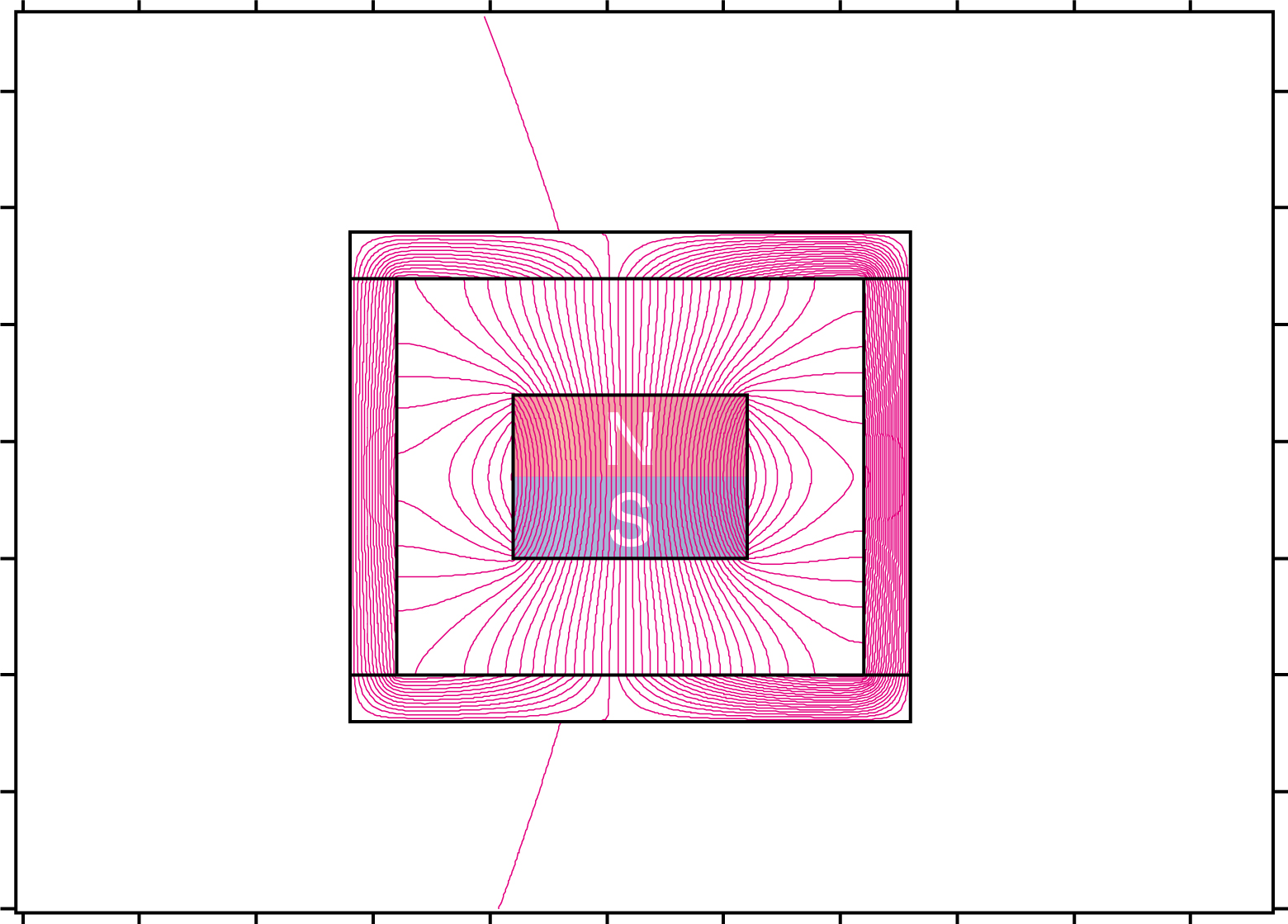
Q & A
Q - Is a magnet a hazardous material?
A Not all magnets are categorized as hazardous material. UN2807 (magnetized materials) fall under category 9 if they have strong magnetic force and are handled as hazardous material for air transportation only. Products which have a weak magnetic force such as stationery, small tools and learner driver magnetic decals may not be considered hazardous depending on their sizes. Permanent magnets are used inside all kinds of electrical appliances but are not considered as hazardous material. In general in case of export declaration at customs, all magnets will be considered hazardous material regardless of the strength of their magnetic forces.
Q - What is magnetic material?
A Magnetic material is material that can be magnetized. Most material containing iron can be magnetized and will be attracted to a magnet. To put it short, iron is a magnetic material.
Q - What is magnetized material?
AMagnetic substances are substances that adheres or repels iron. Electro magnets do not adhere unless they are electrified, and therefore are not magnetic substances. It simply means that permanent magnets are magnetic substances.
Q - Definition and evaluation criteria of air transportable magnetic substances by IATA
A According to IATA Dangerous Goods Regulations Packing Instruction 953 (former 952), the definition is as follows.
| Category | Item | Non-magnetized material | Air transportation | Criteria |
|---|---|---|---|---|
| A | Non-magnetized material | Yes | General cargo | Any material, that, when packed for air transportation, the magnetic field strength is less than 0.159A/m(0.002Gauss)or produces a magnetic compass deflection of 2 degrees or less, at a distance of 2.1m from a random point on the surface of the packed material. |
| B | Magnetized material | Yes | Necessary to state magnetized material and attach IATA handling label No.UN2807. | Any material, that, when packed for air transportation, the magnetic field strength is less than 0.418A/m(0.00525Gauss)or produces a magnetic compass deflection of 2 degrees or less, at a distance of 4.6m from a random point on the surface of the packed material. |
| C | Magnetized material | No | Cannot be transported by air | Any material that exceeds A and B. |


Q - Magnetic products
A Products and product parts that use magnets are magnetic. They are mostly used inside or on the outside of products. Most industrial parts such as motors, speakers and hard disks use magnets. Other products such as stationery, clips, learner driver decals and magnetic therapy devices do not emit dangerous amounts of magnetic force so are usually not considered to be hazardous items. However, precautions are required because in some cases if the magnetic force builds up, the products may fall under the category of magnetized materials as defined by IATA.
Q - Packaging to shield magnetic fields and magnetic shields
A There are several ways of packaging but there is no regulation regarding shielding. In order to block magnetic fields as much as possible, iron plates are placed on all four sides of the inside of the package. Using iron plates is the easiest and most effective way of blocking magnetic fields. The thicker the iron plate, the more effective it will be as a magnetic shield. In order to check that values are within the safety range, as a measuring device we use a tesla meter which can measure from 30μT and has high precision and high resolution.
Q - Magnetic shielding limitations
A If magnetic fields are still being emitted outside the package even after using iron plates, increase the layers of iron plates. By doing so, the magnetic fields will be blocked. However, magnetic materials which the magnet itself is of over 1.5kg have a very strong magnetic force and therefore the magnetic fields cannot be easily blocked. Even if the magnetic fields were blocked, a serious accident may occur in the event that the outside packaging is damaged. For this reason, we do not transport such products by air but by sea.
Q - IATA handling label No.UN2807
A In IATA Dangerous Good Regulations 7.4.1 of Chapter 7, the blue label with the white background is used as a special label for magnetized materials. There is no packaging class for UN2807 magnetized materials which are specified as dangerous goods and classified under class 9. Precautions are required regarding the loading position of magnetized materials and therefore the label states "KEEP AWAY FROM AIRCRAFT COMPASS DETECTOR UNIT".
ICAO category: 9. Miscellaneous IATA code: MAG


Q - Main prohibited dangerous goods for air transportation
AMajor items
| Category | Prohibited goods | |||
|---|---|---|---|---|
| Dangerous goods | Explosives | Fireworks, crackers, ammunition |  | |
| High pressure gas | Fire extinguisher, aqualung, dust removal spray, portable oxygen spray, helium gas, stove burner for camping, gas cartridge for portable gas stove, refill gas for lighters |  | ||
| Flammable liquid | Fuel for lighters, paints, chemical products, alcohol, perfume, gasoline | 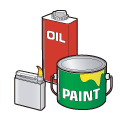 | ||
| Combustible material | Matches, lighters, charcoal |  | ||
| Oxidizing substances | Bleach, peroxidative agent, small sized oxygen generator |  | ||
| Poisons | Chloroform, heat transpirated pesticide, pesticides |  | ||
| Radioactive material | Plutonium, radium, uranium, cesium |  | ||
| Corrosive substances | Mercury, liquid batteries |  | ||
| Others | Strong magnetic materials, engines, lithium batteries, dry ice, asbestos |  | ||
| Others | Drugs | Drugs and psychotropic substances | ||
| Animals | Living mammals | |||
| Obscene items | Immoral items | |||
For airlines, the handling of dangerous goods is critical for the safe operation of aircrafts. When transporting dangerous goods by air, it is necessary to package the goods according to regulations and report the details of the contents to the airline company.
Related terms
IATA (International Air Transport Association)
International Air Transport Association
IATA is an association for air transportation around the world.
It is an international organization for airlines that operate
international flights, travel agencies and other related industries.
JACIS(Japan Air Cargo Institute for Safety)
The Japan Air Cargo Institute for Safety
JACIS is a Japanese institute that promotes the restriction of air cargo and further safe air transportation of air cargo.
ICAO (International Civil Aviation Organization)
International Civil Aviation Organization
ICAO is a UN specialized agency which adopts international standards
and recommended practices regarding aeronautical safety,
airport facilities, aviation regulations, air traffic control systems,
communication organizations, registration and identification of
aircrafts, gatheringand exchange of meteorological information,
aeronautical charts, international air transportation, procedures
for arrival and departure at customs etc.

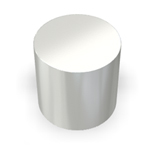 Discs / Rods
Discs / Rods Rings
Rings Arc Segment
Arc Segment Squares
Squares Spheres
Spheres Disc Countersunks
Disc Countersunks Square Countersunks
Square Countersunks A-Disc Countersunks
A-Disc Countersunks B-Disc Counterboreds
B-Disc Counterboreds C-Thread Male
C-Thread Male D-Thread Female
D-Thread Female E-Hooks
E-Hooks F-Eyelet hook
F-Eyelet hook G-Discs
G-Discs H-Filettatura Interno
H-Filettatura Interno LA-Square Countersunks
LA-Square Countersunks LB-Square Counterboreds
LB-Square Counterboreds LG-Squares
LG-Squares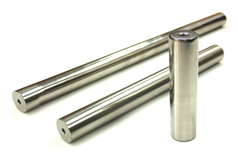 Bar
Bar Square
Square Rectangular Filter
Rectangular Filter Round Filter
Round Filter Plate
Plate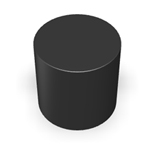 Discs / Rods
Discs / Rods Squares
Squares Discs / Rods
Discs / Rods Rings
Rings Squares
Squares Rubber magnets
Rubber magnets Discs / Rods
Discs / Rods Squares
Squares